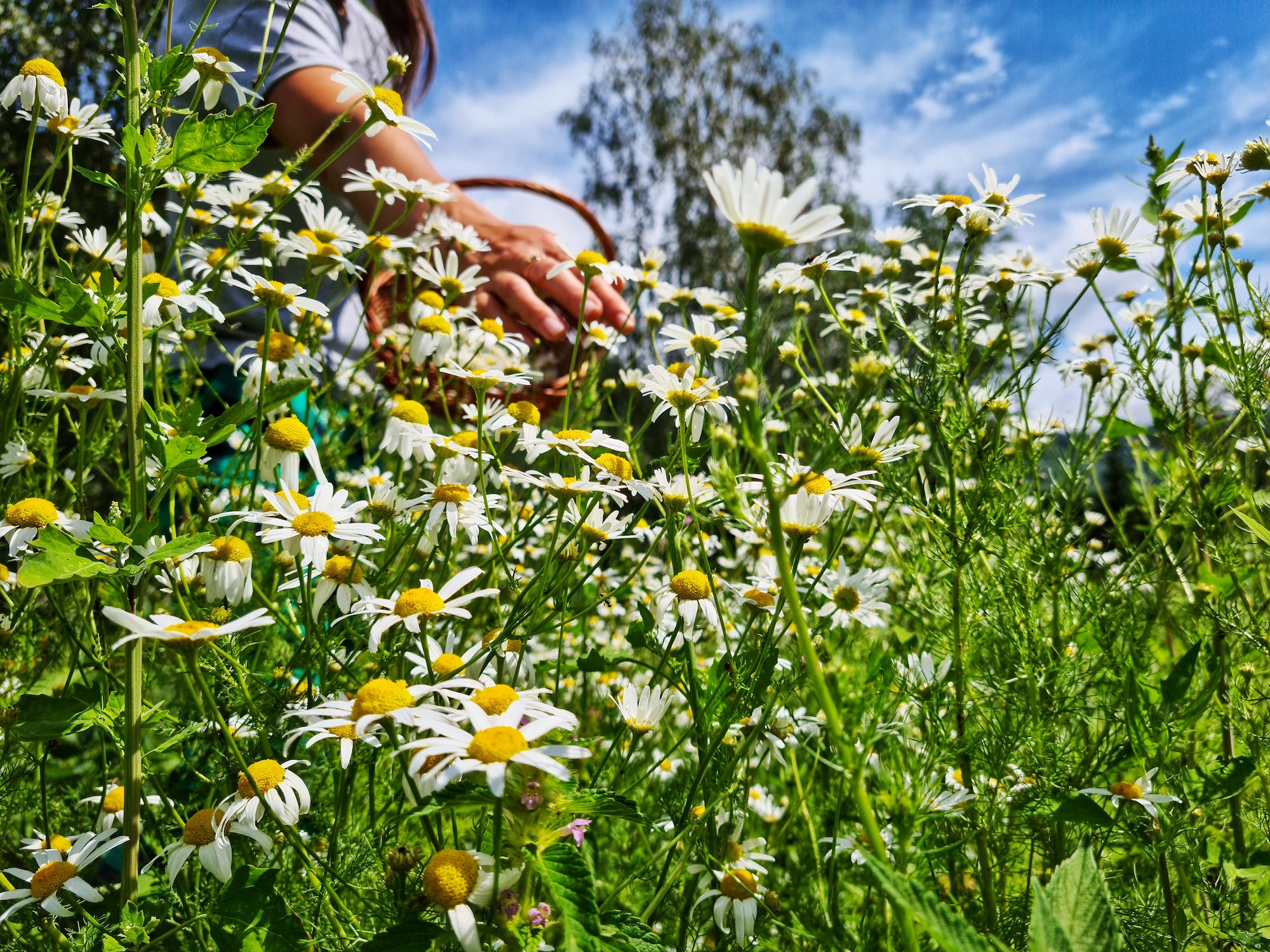As the world’s population continues to grow, the demand for gourmet ingredients such as wild mushrooms, truffles, and other edible delicacies from nature has increased. Sustainable foraging practices are essential to preserving natural habitats and ensuring a continuous supply of these sought-after ingredients. This article will discuss the importance of preserving natural habitats, sustainable foraging practices, and a guide to foraging for gourmet ingredients.
Natural habitats are essential for maintaining biodiversity and providing a home for countless plant and animal species. They also play a vital role in regulating climate and providing ecosystem services such as water purification, nutrient cycling, and pollination. However, human activities such as urbanization, agriculture, deforestation, and over-harvesting have led to habitat loss, fragmentation, and degradation.
Sustainable foraging practices are vital to preserving natural habitats and ensuring the long-term availability of gourmet ingredients. These practices include:
- Harvesting only what you need: One of the most important principles of sustainable foraging is to harvest only what you need and leave enough behind for others and the ecosystem. Overharvesting can lead to the depletion of plant populations and negatively affect the ecosystem.
- Following local regulations: Many countries have specific regulations regarding the collection of wild plants and fungi. It is important to familiarize yourself with these regulations before heading out to forage.
- Respecting private property: Always ask permission before foraging on private land, and respect posted signs prohibiting or restricting access.
- Practicing proper harvesting techniques: Use appropriate tools and techniques when harvesting wild plants and fungi to minimize damage to the plant and its surrounding environment. For example, when collecting mushrooms, use a knife to cut the stem rather than pulling the entire mushroom out of the ground.
- Avoiding rare or threatened species: Some wild plants and fungi are rare or threatened due to habitat loss or overharvesting. Be aware of these species and avoid harvesting them.
- Educating yourself: Learn about the plants and fungi you are interested in harvesting, their habitat requirements, and potential look-alikes to ensure safe and sustainable foraging.
For those interested in foraging for gourmet ingredients such as wild mushrooms and truffles, here are some tips:
- Start with a reputable guidebook: Invest in a good field guide that focuses on your local region. This will help you identify edible species and avoid toxic look-alikes.
- Join a local mycological or foraging group: Connecting with experienced foragers can provide invaluable knowledge and hands-on experience. Many groups organize guided forays, workshops, and other educational events.
- Start with easy-to-identify species: Some wild mushrooms and truffles have distinctive features that make them relatively easy to identify, such as morel mushrooms and chanterelles. Begin your foraging journey with these species before moving on to more challenging ones.
- Be cautious: When in doubt, don’t eat it. Consuming toxic mushrooms can lead to serious illness or even death.
- Record your finds: Keep a journal of your foraging adventures, noting the date, location, habitat, and any distinguishing features of the plants or fungi you find. This will help you build your knowledge over time and become a more skilled forager.
In conclusion, preserving natural habitats is essential for maintaining biodiversity and ensuring the long-term availability of gourmet ingredients such as wild mushrooms, truffles, and more. By practicing sustainable foraging techniques and educating ourselves about the plants and fungi we harvest, we can contribute to the conservation of these precious resources for future generations to enjoy.

